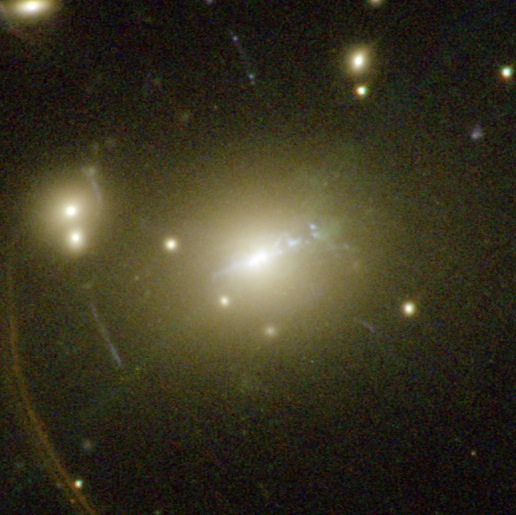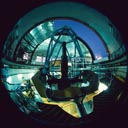



PAPERS |
LINKS |
DIARY |
![]() I am a
Professor in Astronomy in the Extragalactic
Astronomy group of the Department of Physics at Durham University. My research
concentrates on clusters of galaxies from an X-ray prespective.
Selecting clusters on the basis of their X-ray luminosity ensures
that the objects are massive and well-relaxed. In many cases these
clusters are relatively dense in their cores and the resulting
strong X-ray emission causes all the thermal energy of the gas
to be radiated away. This phenomenon is termed a "Cooling Flow".
The clear and unescapable conclusion from the X-ray observations
is that there is a substantial mass of gas that has cooled
but relatively little of this 'sink' had been found before 2000.
I am a
Professor in Astronomy in the Extragalactic
Astronomy group of the Department of Physics at Durham University. My research
concentrates on clusters of galaxies from an X-ray prespective.
Selecting clusters on the basis of their X-ray luminosity ensures
that the objects are massive and well-relaxed. In many cases these
clusters are relatively dense in their cores and the resulting
strong X-ray emission causes all the thermal energy of the gas
to be radiated away. This phenomenon is termed a "Cooling Flow".
The clear and unescapable conclusion from the X-ray observations
is that there is a substantial mass of gas that has cooled
but relatively little of this 'sink' had been found before 2000.



![]()
MOLECULAR GAS IN COOLING FLOWS

![]()
ROSAT ALL-SKY SURVEY
Much of my work has been based on data from the ROSAT All-Sky Survey.
From work
with Harald Ebeling
and Pat Henry (IfA, Hawaii), we have found a large sample (>140) distant (z>0.3)
clusters from this sample (the MACS sample). This work is being extended to
lower redshift to create a total sample of over 1500 X-ray selected clusters.


UKIDSS Deep eXtragalactic Survey
I am the coordinator of the UKIDSS DXS survey that will cover
35 sq.deg. split over four fields to Jvega=22.3 and Kvega=20.8.
The DXS is one of five UKIDSS
surveys. The data complements the PanSTARRS Medium Deep Survey, SWIRE, SERVS
and SCUBA-2 Cosmology surveys.

Last Modified: November 1st 2010. [Netscape 4.5]
This page owes a great deal to the efforts of Ian Smail whose
home page I have ruthlessly ripped off ( look for
yourself!).
Alastair Edge, Alastair.Edge@durham.ac.uk
VLT FORS and VIMOS Survey of Southern BCGs
I have managed to obtain VLT FORS spectroscopy of the BCGs in over 400 of the 452 REFLEX clusters.
These spectra find over 30% of these BCGs exhibit some optical line emission, a strong indication
that come cool gas is present. We then observed 72 of the strongest line emitting objects with the
integral field unit of VIMOS to map the extent and dynamics of the lines. These observations are
revealing many of these galaxies have rotating gas disks.


Department of Physics, University of Durham, South Road, Durham DH1 3LE
Tel: +44-191-334-3792 / FAX: +44-191-334-3645